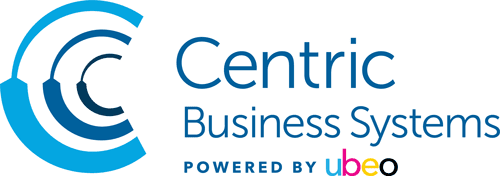Affordably Managing Printing in the New Hybrid Office
During the pandemic, with the benefits of today’s technology tools, organizations and their employees discovered they can work from home (WFH) as effectively as they can in the office. Though in the future an organization with a 100% remote WFH workforce may be rare, Gartner now predicts almost half of employees will work from home and McKinsey concludes that 20% or more of the workforce may work remotely three to five days a week. The “hybrid office,” with employees working part of the week in the office and the other part working from home or some other remote location, is the new normal. Since almost half of firms say printing will remain important to their business, affordably managing printing in this new hybrid office work environment is more important than ever.
Print in the Office
With less employees working in the office each day, organizations are re-evaluating their needs for office layouts, furniture, and real estate, as well as for their office print deployments. Many may think they don’t need as many printers or multifunctional devices (MFD) as they had pre-pandemic. However, before coming to any conclusion in that regard, a thorough review of the print needs of the new hybrid office should be done with thoughtful consideration of what print devices the organization already has, what their capabilities are, and how they might fit into new office layouts. Decisions can then be made on whether to:
- Maintain the current print devices and re-deploy them based on the capabilities of each device and how they best fit into supporting the new hybrid office personnel.
- Reduce the total number of print devices in the office.
- Replace some of the larger more expensive A3 devices with A4 devices.
- Convert certain paper-intensive business processes to digital processes.
A managed print services (MPS) program is another way for organizations to get print costs under control, by tracking and managing print use.
Print from Home
It may seem simple enough to let an employee use their personal printer for those times they need to print when working at home, or to provide them with a printer and ship them supplies as needed. However, neither is the best way to manage print for work and both present potential and costly security risks hackers can exploit and that may create compliance breaches.
A firm should determine what employees need to print and support them by providing them “office-grade” compact printers or MFDs. These devices should include the security features found in those printers and MFDs in the office, and those features should be enabled. Printers and MFDs that have drivers that encrypt data between the computer and the print device and that encrypt and delete data on the device’s hard disk drive (HDD) need full consideration. Additionally, print devices that have user access control features such as requiring a user ID and a password or other forms of authentication prevent unauthorized use at home that can waste valuable supplies or inadvertently open a data security breach. A variety of small, compact, and very affordable A4 printers and MFDs that meet these requirements are now available.
Using MPS to track the usage of work-at-home print devices is now easier than ever with tracking and reporting tools like Ricoh’s @Remote or PaperCut. Using tools like these as part of an MPS implementation firms can:
- Track and monitor the use of employees’ WFH printers and MFDs.
- Enforce authentication policies to ensure that company-provided printers and MFDs are only accessed by the authorized employee.
- Allow the employee to direct whether the print is printed on the at-home device or directed to another printer at the office.
- Set up automatic supplies replenishment so WFH employees don’t have to worry about ordering or storing supplies.
- Monitor maintenance and service needs of the at-home device.
Tools like these leverage the cloud and can be deployed without the need for a centralized server. Affordably managing the print needs of the remote employees in the new hybrid office has never been easier.
Engage a Professional
A thorough print hardware assessment, thoughtful redeployment strategies, and using MPS are key steps in affordably managing printing in the new hybrid office. Engaging an experienced professional like Centric Business Systems will bring clarity to the process of deciding what the best balance is in print hardware, service, automated document management, workflow solutions, and support services needed to meet the needs of the new hybrid office. Contact Centric at (877) 902-3301 or visit www.centricbiz.com to schedule an assessment and consultation today.
